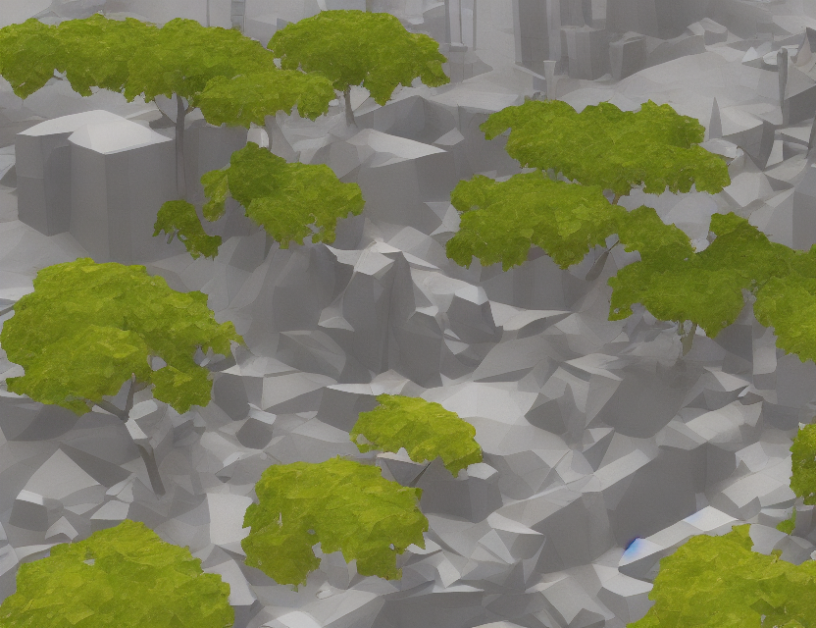Magic3D is a new method for creating high-resolution 3D objects from text descriptions. It uses a combination of techniques to generate detailed and accurate 3D models, including user-guided editing, hierarchical voxel latent diffusion, and progressive distillation. The authors propose a novel decoding scheme that allows for fast sampling of diffusion models, resulting in faster generation times without sacrificing quality. They also introduce a new evaluation metric to compare the quality of generated 3D objects.
The Magic3D method consists of two main components: an encoder and a decoder. The encoder uses a sparse convolutional neural network (CNN) to process the input text and generate a coarse 3D shape. The decoder then refines the shape by adding details and texture, using a hierarchical voxel latent diffusion process. This involves predicting novel voxels that are not present in the input, while pruning excessive voxels and subdividing existing ones based on the prediction of a subdivision mask.
To improve the quality of the generated 3D objects, Magic3D uses progressive distillation, which involves training the decoder to produce high-quality samples that are then used to guide the generation process. This results in faster sampling times without sacrificing quality.
The authors evaluate their method on a user study comparing it to another state-of-the-art text-to-3D method, Shap·E. They find that Magic3D significantly outperforms Shap·E in terms of geometric fidelity and overall quality, with 79.2% of users preferring the generated 3D objects.
In summary, Magic3D is a powerful new method for creating high-resolution 3D objects from text descriptions. Its use of user-guided editing, hierarchical voxel latent diffusion, and progressive distillation allows it to generate detailed and accurate 3D models quickly and efficiently. The authors’ proposed evaluation metric provides a useful tool for comparing the quality of generated 3D objects, and their user study demonstrates the superiority of Magic3D over other state-of-the-art methods.
Computer Science, Computer Vision and Pattern Recognition
Fast Sampling of Diffusion Models for Image-Text Modeling



